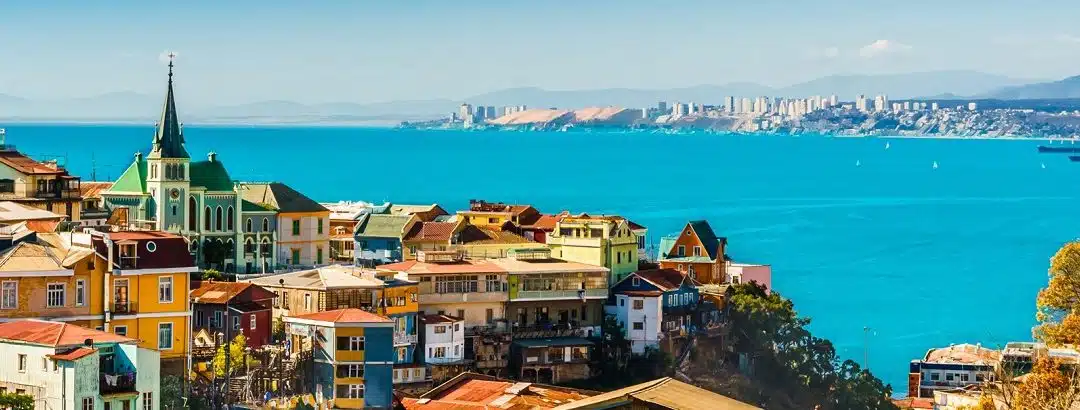Gonzalo Sanz Segovia | 07/10/2025
Mexico City is a city of contrasts in every aspect. Across its nearly 1,500 km², immense skyscrapers coexist with small 16th-century churches, luxury neighborhoods with marginalized areas. Situated in a valley and surrounded by mountains and volcanoes, Mexico City is a constant dialogue between past and present, between nature and a vibrant urban life.
The deep scar of the earthquakes in 1985
Mexico is vulnerable to various natural disasters due to its geographical location, but it’s especially susceptible to earthquakes, as five tectonic plates interact beneath its territory. One of the most terrible in history took place 40 years ago. On September 19, 1985, Mexico City was shaken by a magnitude 8.1 earthquake on the Richter scale for a minute and a half. Although the number of victims and property damage is still not known exactly today, the Economic Commission for Latin America (ECLAC) recorded more than 20,000 deaths, while about 250,000 people were left homeless, and numerous emblematic buildings in the city collapsed. The economic damages were catastrophic: Mexico’s GDP suffered an estimated 2.4% drop.
After that disaster, Mexico opened the National Disaster Prevention Center (CENAPRED) in 1990 with the support of the Japanese government. Conceived as a technical and scientific body, it marked a paradigm shift by prioritizing risk prevention and forward-looking management. Over these 35 years, it has been instrumental in generating knowledge, developing monitoring technologies, drafting regulations, and promoting a culture of self-protection.
In addition to consolidating itself as a national and international leader in risk reduction, CENAPRED joined in 2023 with local universities, civil organizations, and state civil protection coordinators to create the National Network of Schools and Institutions for Training, Certification, and Professionalization in Civil Protection and Comprehensive Risk Management. This initiative seeks to unite academics, governments, and citizens with the purpose of strengthening the training of specialized human resources and advancing towards a more solid and effective culture of risk.
These organizations work closely with the National Seismological Service in the face of a constant threat: in the first eight months of 2025, more than 21,000 seismic movements were recorded; in 2024, a total of 33,418 events were reported. Additionally, the Accelerographic Network of Mexico City (RACM) was developed under the Center for Seismic Instrumentation and Recording (CIRES), operational since 1987. It consists of a network of systems that record ground acceleration, enabling engineers and specialists to analyze structural behavior and update building codes. This information is publicly accessible in real time.
Mexico City, increasingly prepared
Four decades after the major earthquake, Mexico City continues to be a complex and challenging place in the face of natural hazards, but increasingly prepared to deal with them. As the country’s capital and one of the ten most populous cities in the world—with over 22 million inhabitants in total—it is exposed not only to earthquakes but also to other hazards such as floods and volcanic emissions.
In this context, it has managed to implement a comprehensive and efficient risk management system, grounded in scientific knowledge, technological innovation, and citizen participation. That system, based on a series of protocols and mechanisms, is known as C5 (Command, Control, Computing, Communications, and Citizen Contact Center), whose services operate 24 hours a day, every day of the year, and plays a fundamental role in coordinating responses to any security crisis.
To test and reinforce alert and response mechanisms for earthquakes and other hazards, and to promote a culture of prevention among the population, the Second National Drill 2025 was held nationwide on September 19. Organized by the National Coordination of Civil Protection (CNPC), the drill simulated an earthquake of magnitude 8.1. During the drill, over 80 million Mexicans received an alert message on their mobile phones, while specialized teams carried out rescue, evacuation, and fire-fighting exercises, among other emergency scenarios. The images of the day show the remarkable success of the experience. Since 2004, September has been officially recognized as “Civil Protection Month” in Mexico.
Flooding: challenge exacerbated by urbanization
In terms of magnitude, earthquakes are the most threatening natural disaster that Mexicans in the capital city face. However, water management represents other challenges that their leaders must face.
These challenges include, on one hand, water supply, which in a city of this size has created tensions in certain areas; and on the other, flooding, to which it is particularly vulnerable due to its location in the heart of the Valley of Mexico, over a system of lakes with soft sediments and extensive groundwater extraction systems to meet the high water demand.
To meet the moment, the Secretariat for Integrated Water Management (SEGIAGUA) implemented a network of rain gauges throughout the City, whose data is also accessible to its inhabitants. Another key risk mitigation project is the East Discharge Tunnel (TEO), an infrastructure nearly 62 kilometers long, designed to divert rainwater and wastewater into a deep drainage system
Accelerated urban growth, channeling of rivers turned into urban roads, and deforestation of watersheds have complicated the capacity to prevent the storms that affect thousands of inhabitants each year. Nevertheless, the response system has been strengthened and has proven to be agile in critical situations.
The images of flooded streets in the Mexican capital are recent: in the summer of 2025, record levels were registered. Only on the night of July 31, more than 38 million cubic meters of water fell, especially in the south of the city, causing damage to urban infrastructure, traffic problems, and river overflow. In September, although less intense, another episode of rain and wind accumulated nearly 20 million cubic meters, requiring the deployment of a special operation with crews, machinery, and drainage and pumping units.
Pollution and climate change
Mexico City has developed numerous strategies to mitigate the effects of climate change. The city government launched a Climate Action Program that covers eight strategic areas: sustainable mobility, solar energy, waste control, water management and river recovery, reforestation of rural and urban areas, urban resilience, climate awareness, and air quality.
This last issue, pollution, is particularly severe, as Mexico City has some of the worst air quality in the world and suffers from high levels of ozone and fine particles that affect the health of millions of people. Pollution sources are mainly the result of the combustion of fossil energy sources, used essentially in transport.
To address this situation, the Secretariat of the Environment (SEDEMA) has promoted measures to improve air quality and tackle global warming, which share both causes and solutions. These include strengthening monitoring and its digital applications, promoting clean technologies, and advancing the energy transition across industrial, commercial, and domestic sectors. The long-term vision, expressed in its metropolitan agenda, seeks a strong and sustainable transformation that reduces emissions, improves public health, and increases urban resilience.





